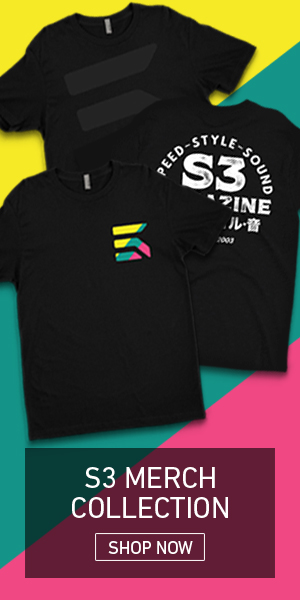A lot of what happens in a motor is difficult to see. When a motor is running everything on the bottom end is closed up and hidden from view. This makes issues really difficult to pinpoint. In these cases guess and check can sometimes feel like the only way to figure out your problem. However, sometimes there are theories in play that can help solve issues.
Viscosity
We often use what we call the sauce pan analogy. In order to make it easier to imagine what is going on in your oil pan we suggest imagining there is a saucepan filled with water next to you while you’re driving.
Why water? Well most of us have a pretty good idea of how water reacts when splashing around in an open container. Not only that, but water and oil at 212 degrees fahrenheit are pretty close in terms of flow characteristics. The kinetic viscosity of water at room temperature is 0.9565 cSt. The kinetic viscosity of SAE 15w-40 oil at 212 degrees fahrenheit is 13.648 cSt. That may not sound too close, but when you consider the kinetic viscosity of that oil at room temperature is 326.87.10 cSt it is fair to say the oil is flowing a lot more like water at that temperature than anything else.
So, back to the sauce pan. Imagine that sauce pan filled with water next to you while you are launching down the strip or diving into a turn. What is happening to the water in the pan? I am betting it is going for a pretty wild ride and you are getting wet.

Gravitational Pull
It is common knowledge that objects are constantly under the vertical pull of 1g from earth’s gravity. We also know that most cars can produce 1 g or more of lateral accelerationwhen turning or launching and in the higher levels of racing we are often achieving lateral acceleration well above 1 G.
Knowing that the oil in the pan is going to be exposed to 1 g vertically and assuming an average of 1 g for lateral acceleration it is easy to calculate that the combined force will be pushing your oil at a 45 degree angle.
What Does This Mean?
The above points should give you a good idea as to the wild ride the oil in your pan is on while you are racing your car. It is no wonder that if not using a performance oil pan racers will find themselves with all sorts of oiling problems. Performance oil pans look to address these challenges with baffling systems, windage trays, and sump configurations.
Wondering what happens when all that oil gets into your rotating assembly?
Check out Canton Racing’s “Oil Pan Capacity” blog post for info on what too much oil in your pan will do.
For a visual review of what to look for in a performance oil pan see the “Oil Pan Feature Guide” below.







